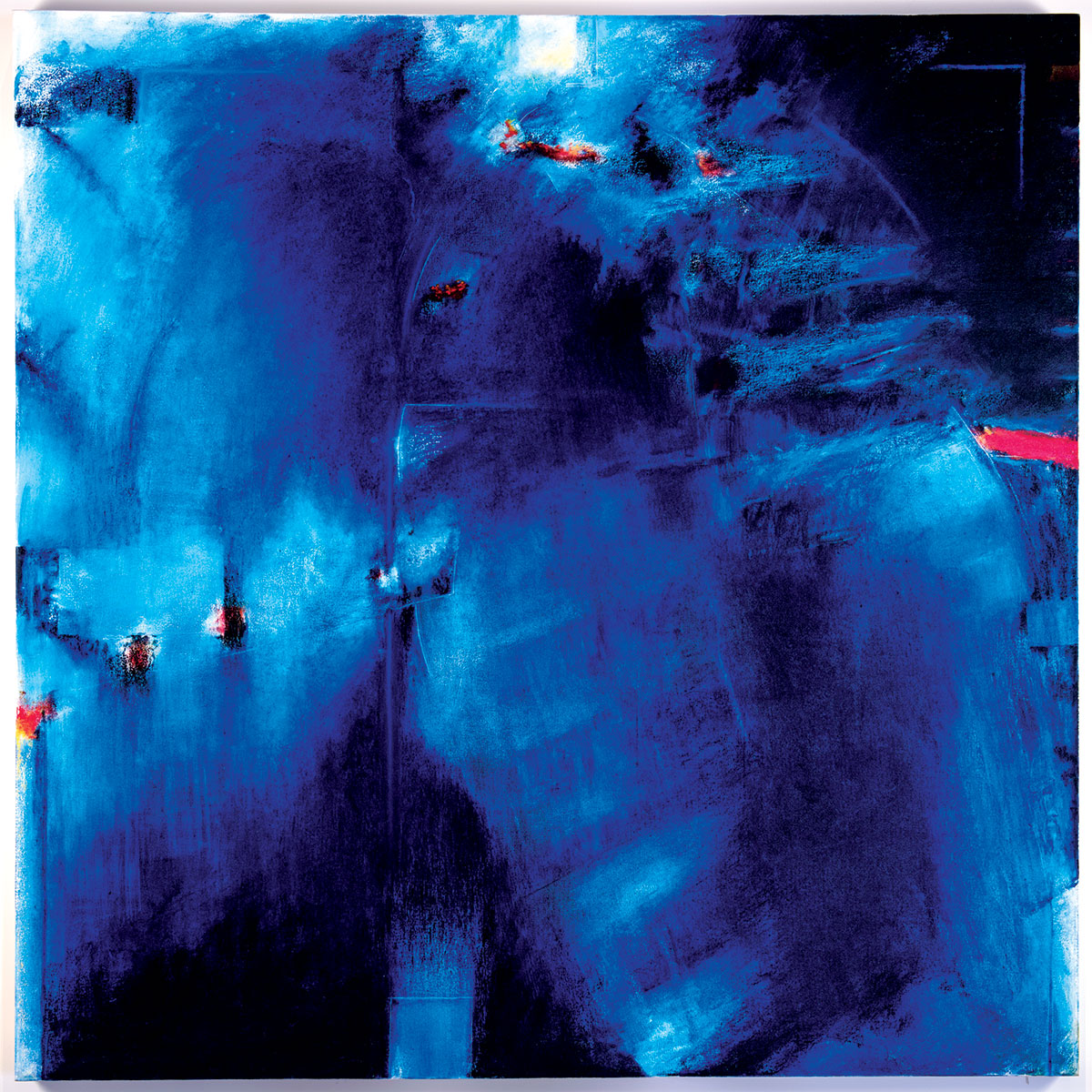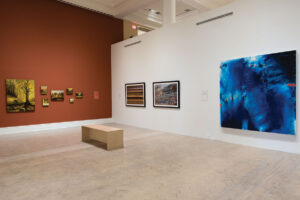TERROIR Q&A SERIES: WAYNE BOUCHER

We invited all the artists of Terroir: a Nova Scotia Survey to participate in a Q&A series to be featured on our Blog. The artists were each sent the same set of questions to reference, although we encouraged them to take a different approach if they so desired. Their replies have not been edited.
This series aims to give our readers and insight into the amazing artists that are a part of Terroir: a Nova Scotia Survey. Please join us over the next weeks to learn more about the artists of Terroir and their practice.
Be sure to visit the Gallery and see Terroir: a Nova Scotia survey before it closes on January 15, 2017. The accompanying exhibition publication will be available at our Gallery Shop in December 2016.
Our Terroir Q&A series kicks off with artist, Wayne Boucher. Boucher is an artist, living in Nova Scotia who focuses primarily on abstract painting. Boucher will also be leading a workshop ($85.50 for Members, $95 non-members) at the Art Gallery of Nova Scotia in Halifax on November 26, 2016.
Terroir: a Nova Scotia Survey looks at regional artistic production through the work of 29 artists whose practices draw influence from this place, its history and its culture, in new and meaningful ways. This group exhibition, a partial picture of what’s going on here at this moment in time, includes an exciting range of experienced and emerging artists, making for a dynamic and engaging exploration of Nova Scotia’s rich contemporary visual arts community. What is your connection to Nova Scotia, and why were you inspired to submit a work for this exhibition?
I moved to Nova Scotia to attend NSCAD in 1972. I met my wife Terry at NSCAD we hitched hiked out to Yellowknife in 1974. I went to Banff Center slept in the woods and returned to Yellowknife then we hitched hiked back. Finished NSCAD and got married in 1975. In the same year, we moved to the Annapolis Royal area had 3 wonderful daughters became involved in the burgeoning arts community at ArtsPlace (Artist Run Centre) and the Annapolis Regional Community Arts Council (as a founding member), and provincially through VANS and CARFAC. I have maintained a full time professional studio practice since 1976, and most recently a studio in Parkers Cove since 2004.
Why was I inspired to submit work for the Terroir exhibition, I just think I wanted to be part of this survey exhibition.

Installation view of Terroir: a Nova Scotia Survey.
Can you tell us a little about your work(s) that is on view?
The painting Fall, was done during the winter of 2004. This painting marked a significant change in approach, process, and execution. The premise was to simplify notions and sensibilities of mark making into a cohesiveness of intent, paint application and implied meaning or interpretation. New tools of applying paint, working mannerisms, and the process marks, gestures and push-pull dynamics informed the theatrics and content of the image.
The painting Fall, was part of the group exhibition In Transit: Atlantic Crossings(2005) in Hellerau, Germany, and then at the Karlsruhe International Arts Fair (2006).
Your work(s) is on view along with 28 other artists. How do you see your work(s) within the context of this group exhibition?
I feel very privileged to be among this illustrious group of artists. I think I am aware of most of their work, but I only know about half of them, and would like to have had the opportunity to meet them all. The work Fall, although an earlier work was a pivotal work. I would have liked to have had a more recent work, but then again the recent work that was selected wasn’t available.
What are you working on in now, or planning for the near future?
Current work evolves out of being referential to work past and present.
How has your artistic process developed over time? What informs your practice?
Current strategies deal with the luminosity of light, and the radiance of colour in counterpoint with elemental schemata that transcends surface and meaning. The intent of my work has been for the viewer to “fall in and drown in the work” and see things beyond the surface of the paintings.
I have been fascinated by the see-through images and imaginings of the x-ray vision of aboriginal artists and their art. To see beyond the surface, whether it be, the early schematics of something/someplace; or to the current painting process whereby the dance of paint application, movement, direction, tools and their manner of use inform its’ significance, either as an object/painting unto itself or having further consequential narratives beyond the surface.
When you’re not working, what are activities/interests that inspire your practice?
I am in awe of EVERYTHING, from my family, our habitat, my morning walks, tai chi, the environs of my studio overlooking the Bay of Fundy, the privilege of being a creative worker, and for just being here.

